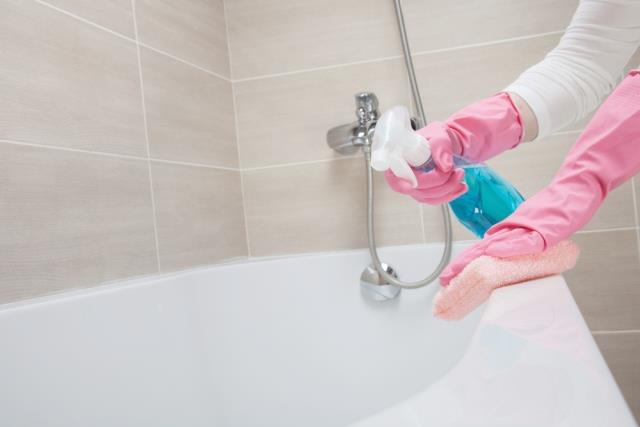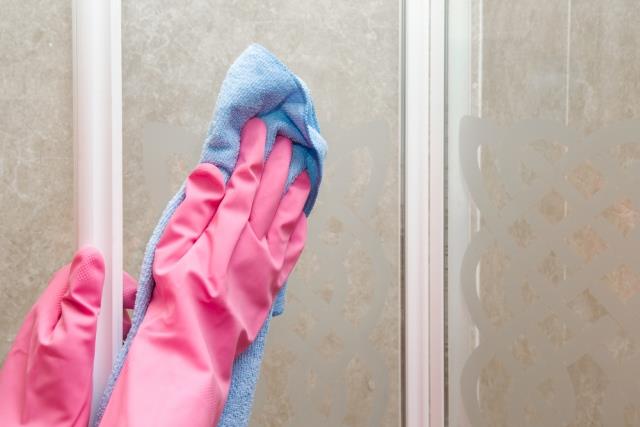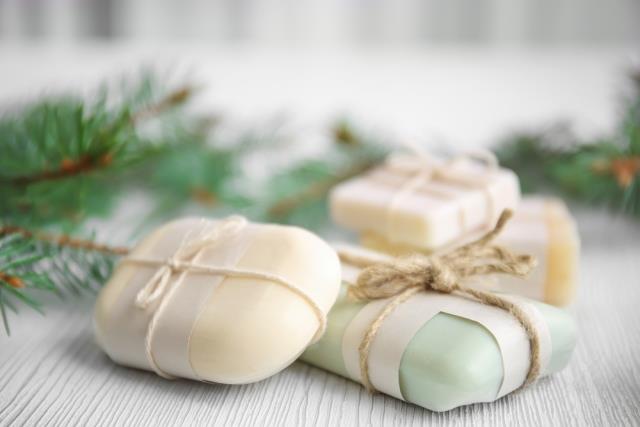Step 1: clean it first
To maintain a clean shower and tub that's free of soap scum stains, start with a clean one. Scour the area with an appropriate cleanser that’s appropriate for the surface of the shower or tub.
Step 2: make it slick
Once the surface is entirely clean and dry, use a rag to apply car wax to the shower or tub walls, which will make it harder for soap scum to stick to the surfaces.
Step 3: do it daily
Invest in a daily shower cleaner to stop soap scum from returning. If you have a glass shower door, keep a squeegee in your shower and simply squeegee the door after every shower.
You can also keep a small stack of dry, clean rags next to your shower to wipe the surfaces down after your shower. If you do this on a daily basis, you can avoid a major cleaning project that will take up half your day and prevent soap scum from getting out of control.
Step 4: remove tough scum
Give finished ceramic tiles the once over with a paint scraper for glass windows. Be gentle, and double back with the scrubbing sponge to banish remaining deposits.
Step 5: change your soap
As its name suggests, soap scum is caused by bar soap (well, the paraffin in bar soap is actually the culprit, if you want to get technical). To really stop soap scum build-up, switch to synthetic soap, liquid soap or gel body soap.
Step 6: do double duty
To prevent soap scum while you enjoy a nice hot soak, sprinkle some Epsom Salts into your bath. The soap residue from the bath will go right down the drain and won't get stuck on your tub.
If you have marble, travertine, slate or granite tiles
Since natural stone tile is softer and more porous than finished ceramic tile, you'll need to use a gentle, non-acidic cleaner to tackle soap scum.
Abrasive scouring pads will damage these surfaces so use a regular, soft-sided kitchen sponge to remove soap scum from delicate, natural-stone tile.
Article courtesy of www.home-dzine.co.za.









